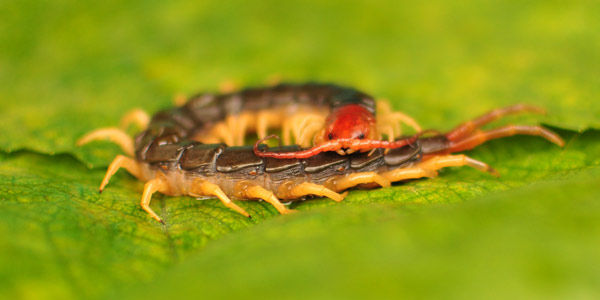Knocking out an animal 30 times your size? This centipede can do it


Recently, a research team led by Lai Ren at the Kunming Institute of Zoology in China discovered scolopendra subspinipes mutilans, also known as the Chinese red-headed centipede, can take down prey over 30 times its within 30 seconds thanks to an unusual and potent venom. This toxin blocks the movement of potassium into and out of mammal cells.
On Jan 22, Lai Ren and his co-authors at the venom and toxins group published a report titled "Centipedes subdue giant prey by blocking KCNQ channels" in the Proceedings of the National Academy of Sciences, identifying the toxin that gives centipedes this deadly ability. They isolated a molecule in centipede venom, a peptide, which they named Ssm Spooky Toxin.
A huge amount of the biochemistry of staying alive involves potassium, so clogging some of what are called KCNQ channels caused mayhem in mice: slow and gasping breath, high blood pressure, frizzling nerve dysfunctions and more. Administering the epilepsy drug retigabine opened the potassium channels and counteracted much of the toxin's effects, raising hopes of a treatment for these bites.
- Macao SAR's broad money supply expands in July
- China's landmark trade corridor freight tops 1m TEUs in 2025
- Shandong-Taiwan trade fair held in Weifang
- China's CERES 1 rocket launches new satellites
- Better regulation of tipping behaviors urged to boost livestreaming sector
- China premieres first 8K documentary on manned spaceflight mission




































